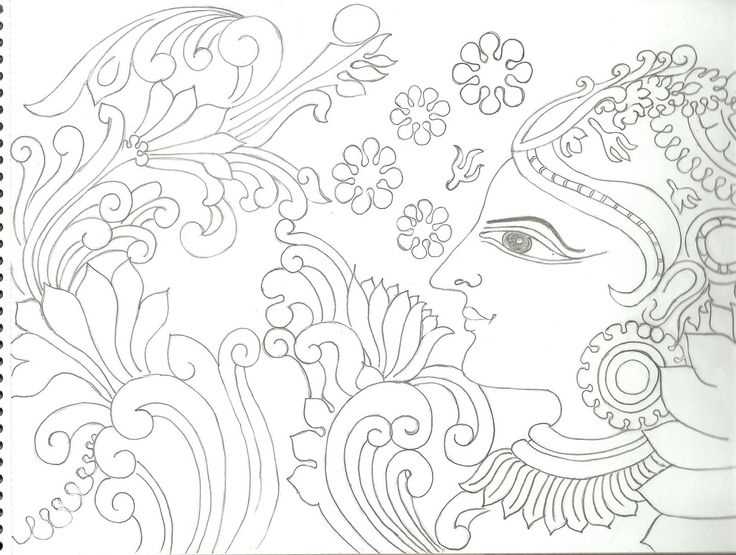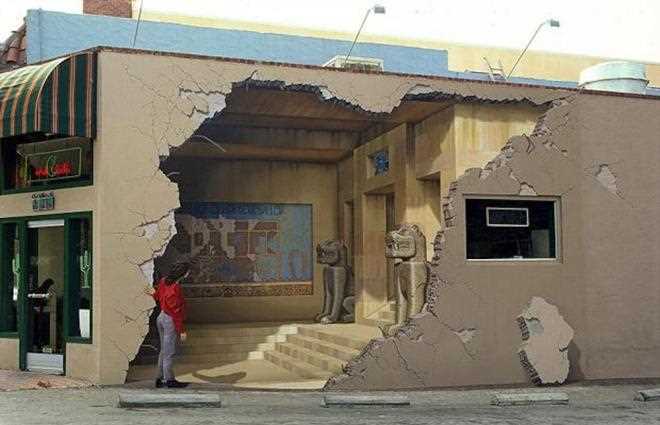
In the bustling streets of cities around the world, a mesmerizing form of artistic expression has emerged. Trompe l’oeil street art, with its captivating blend of skillful painting techniques and mind-boggling optical illusions, has taken the art world by storm. This unique art form not only delights passersby but also challenges their perception of reality, as these stunning murals seamlessly blend into the urban landscape.
Trompe l’oeil, which translates to “deceive the eye” in French, is an ancient artistic technique that dates back to classical antiquity. However, it was during the Renaissance era that this style truly flourished, captivating spectators with its ability to fool the eye and create the illusion of three-dimensional objects on two-dimensional surfaces. Today, the tradition lives on through the creative minds of street artists who have adapted this technique to create jaw-dropping murals in public spaces.
What sets trompe l’oeil street art apart is not only its ability to trick the viewer’s eye but also its integration into the urban environment. These incredible murals often interact with architectural elements, such as windows, doors, and even cracks in the walls, adding an extra layer of realism to their already mind-bending illusions. It’s as if these paintings come to life, blurring the line between art and reality.
Walking down a street adorned with trompe l’oeil street art is like stepping into a parallel dimension where anything is possible. From seemingly endless staircases to whimsical characters popping out of walls, these murals transport us to a world where imagination knows no bounds. The artists behind this art form possess a rare talent for creating optical illusions that not only challenge our perception but also ignite our sense of wonder and pure childlike joy.
The origins of trompe l’oeil can be found in ancient Greek and Roman art, where artists would use realistic perspective techniques to create the illusion of depth and dimensionality. This art form was later revived during the Renaissance period, with renowned artists such as Leonardo da Vinci and Andrea Mantegna exploring the possibilities of creating convincing three-dimensional illusions on two-dimensional surfaces.
Throughout the centuries, trompe l’oeil has evolved and adapted to different cultural and artistic movements. In the 18th century, it became popular in interior decoration, with artists and craftsmen painting intricate murals and decorative elements to deceive and astonish viewers. This trend continued into the 19th century, where trompe l’oeil was often used in architectural and theatrical settings to create stunning visual effects.
Contemporary Trompe l’Oeil Street Art
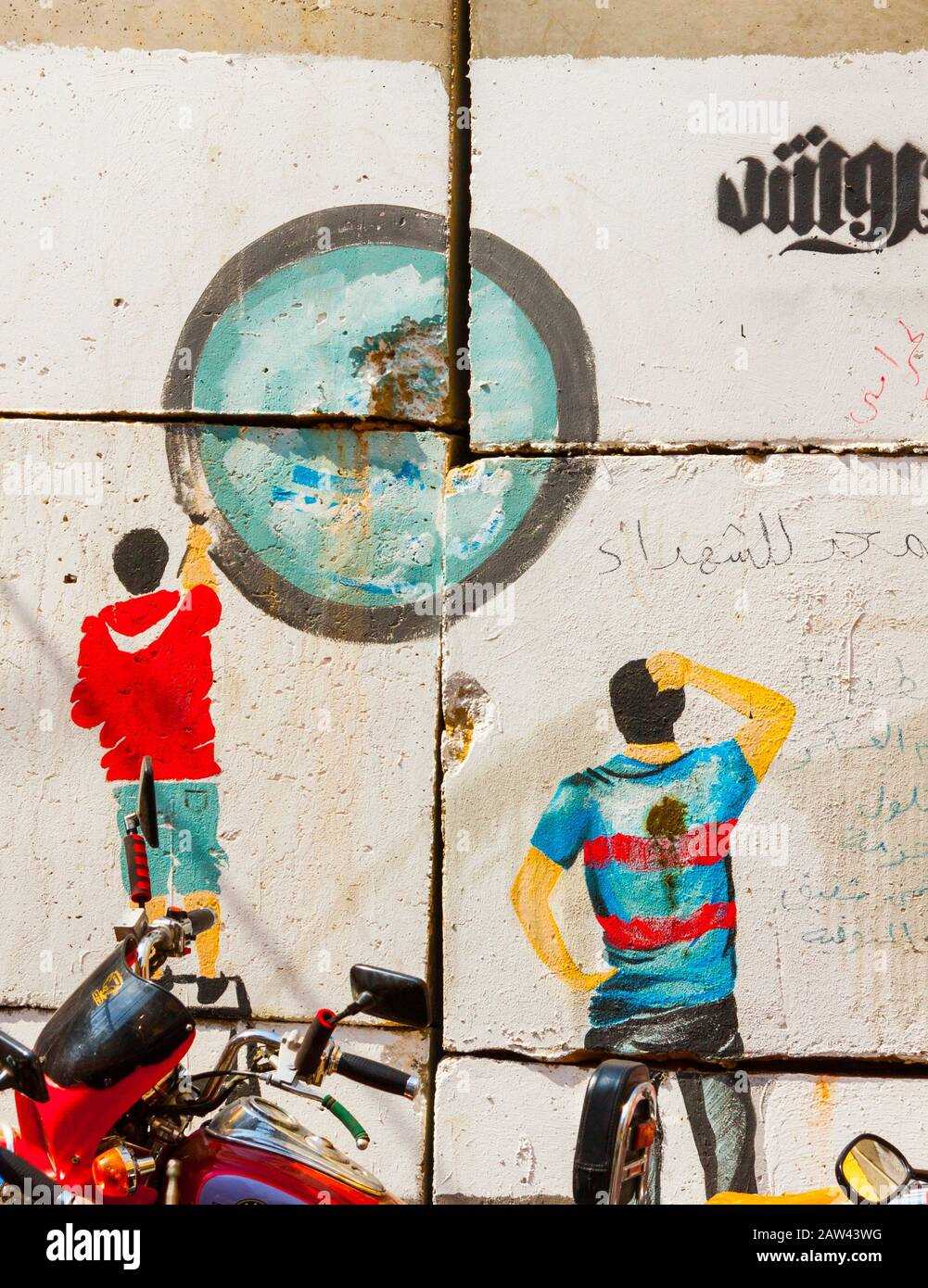
In recent years, trompe l’oeil has experienced a revival in the form of street art. Graffiti artists and muralists have embraced this technique to transform ordinary urban spaces into captivating visual spectacles. By using realistic perspective, shading, and intricate details, these artists are able to create mind-bending illusions that challenge our perception of reality.
The evolution of trompe l’oeil street art has pushed the boundaries of what is possible in terms of creating optical illusions. Artists now incorporate elements of surrealism, pop art, and other artistic styles to create truly unique and thought-provoking pieces. These artworks not only enhance the aesthetics of the urban landscape but also engage and interact with the viewers, inviting them to question their surroundings and the nature of art itself.
Masters of Trompe l’oeil Street Art
Trompe l’oeil street art is a genre that requires an extraordinary level of skill and creativity. The artists who excel in this art form are true masters of their craft, capable of creating breathtaking illusions that deceive the eye and captivate the imagination.
One of the most renowned masters of trompe l’oeil street art is Eduardo Kobra. His larger-than-life murals can be found in cities around the world, and they never fail to impress viewers with their incredible attention to detail and realistic imagery. Kobra’s work often pays homage to famous figures, such as musicians and historical icons, using vibrant colors and intricate patterns to bring them to life.
Eduardo Kobra: A Fusion of Color and History
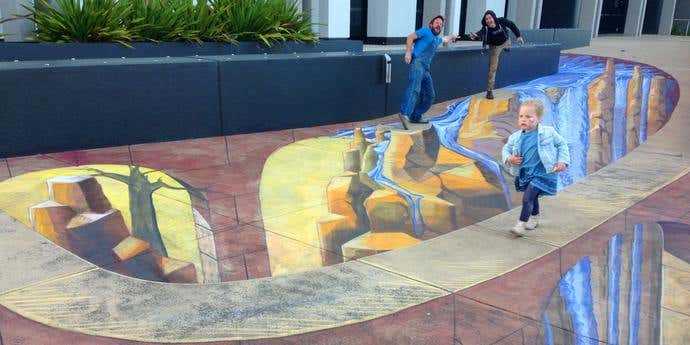
Another master of trompe l’oeil street art is Julian Beever, known for his incredible pavement drawings that seem to defy the laws of physics. Beever’s work is often 3D in nature, creating the illusion that objects are popping out of the ground. His drawings are not only visually stunning but also interactive, as viewers can pose with the art to create the perfect photo opportunity.
Julian Beever: The Illusionist of Pavement Art
Other notable masters of trompe l’oeil street art include Tracy Lee Stum, who specializes in creating life-sized 3D chalk drawings that are incredibly detailed and realistic. Stum’s work often features optical illusions and plays with perspective, making viewers question what is real and what is an illusion.
The talent and creativity of these artists are truly awe-inspiring. Their ability to transform ordinary spaces into extraordinary works of art is a testament to the power of trompe l’oeil street art. Through their creations, they transport viewers to a world where reality and illusion merge, leaving them in a state of wonder and amazement.
Techniques and Materials
Trompe l’oeil street art utilizes a variety of techniques and materials to create its realistic illusions. Artists often use a combination of spray paint, brushes, and stencils to achieve precise details and realistic textures in their artwork.
One common technique used in trompe l’oeil street art is the use of perspective. Artists use techniques such as foreshortening and vanishing points to create the illusion of depth, making the artwork appear three-dimensional. This technique is essential for creating realistic imagery that tricks the viewer’s eye.
In addition to perspective, trompe l’oeil street artists also employ shading and realistic color palettes to create lifelike images. They use light and shadow to give objects a three-dimensional appearance, making them appear as if they are actually part of the street.
Another important aspect of trompe l’oeil street art is attention to detail. Artists spend hours meticulously adding small details such as cracks in the pavement, peeling paint, or reflections in puddles to enhance the illusion. These details are crucial in creating a believable and immersive experience for the viewer.
Some artists also incorporate the surrounding environment into their artwork. They might paint an object, such as a lamppost or fire hydrant, so that it appears to be coming out of the wall or pavement. This integration of the existing environment into the artwork adds another layer of illusion and surprise.
Materials Used:
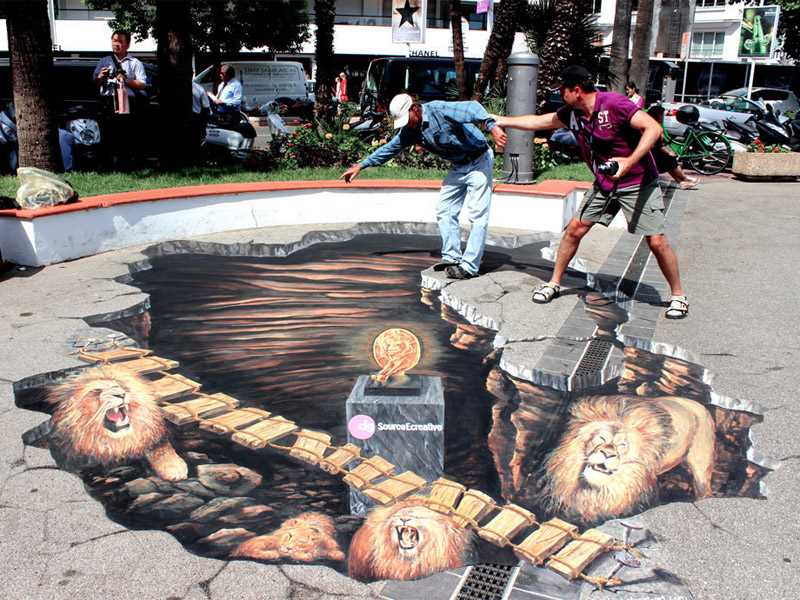
- Spray paint
- Brushes
- Stencils
- Various types of paints
- Sealants to protect the artwork from weathering
Techniques Employed:
- Perspective
- Foreshortening
- Vanishing points
- Shading
- Realistic color palettes
- Attention to detail
- Integration of the surrounding environment
Impact on Urban Spaces
Trompe l’oeil street art has a significant impact on urban spaces, transforming once ordinary walls into vibrant and engaging works of art. These optical illusions not only add a sense of beauty and creativity to otherwise dull environments but also have the power to enhance the overall aesthetic appeal of a city.
One of the major benefits of trompe l’oeil street art is its ability to breathe life into neglected or forgotten areas. By utilizing the technique of perspective and optical illusions, artists can create the illusion of depth and three-dimensionality on two-dimensional surfaces. This can make urban spaces feel more inviting and engaging, encouraging pedestrians to explore and interact with their surroundings.
Moreover, trompe l’oeil street art can also have a positive influence on the perception of safety and security within urban areas. By transforming bare walls or rundown buildings into visually captivating art pieces, it can help create a more pleasant and welcoming atmosphere in otherwise desolate or unsafe locations. This can lead to an increase in foot traffic and active use of public spaces, ultimately contributing to a more vibrant and lively urban environment.
Trompe l’oeil street art often serves as a form of cultural expression and storytelling, providing a platform for the artist to convey powerful messages and engage with the community. These artworks can depict historical events, social issues, or simply showcase the talent and creativity of local artists. By incorporating elements of local culture and identity, these artworks can foster a sense of pride and connection among residents, while also attracting visitors and tourists to explore the unique cultural heritage of a city.
| Benefits of Trompe l’oeil Street Art in Urban Spaces |
|---|
| Enhanced aesthetic appeal |
| Increased foot traffic and active use of public spaces |
| Improved perception of safety and security |
| Fostering cultural expression and storytelling |
Challenges and Controversies
While trompe l’oeil street art has gained widespread popularity and admiration, it has also faced its fair share of challenges and controversies. One of the major challenges is the legality of creating such art on public property. Most cities have strict laws regarding graffiti and street art, making it difficult for artists to find suitable locations to showcase their talent. This has led to instances where artists have been fined or even arrested for their artwork.
Another challenge is the ephemeral nature of trompe l’oeil street art. Due to its outdoor location, these artworks are subject to natural elements and vandalism. The intricate details and illusions created by the artists can fade or be destroyed over time, which can be disheartening for both the artists and art enthusiasts. Some argue that this impermanence is part of the allure of street art, as it adds an element of surprise and transience to the viewing experience.
Controversies surrounding trompe l’oeil street art often arise when it comes to the appropriation of public spaces. Some people argue that artists should not have the right to modify public property without consent, as it can be seen as a form of vandalism. On the other hand, supporters argue that street art can revitalize and beautify neglected urban areas, turning them into vibrant art destinations.
Preserving the Art
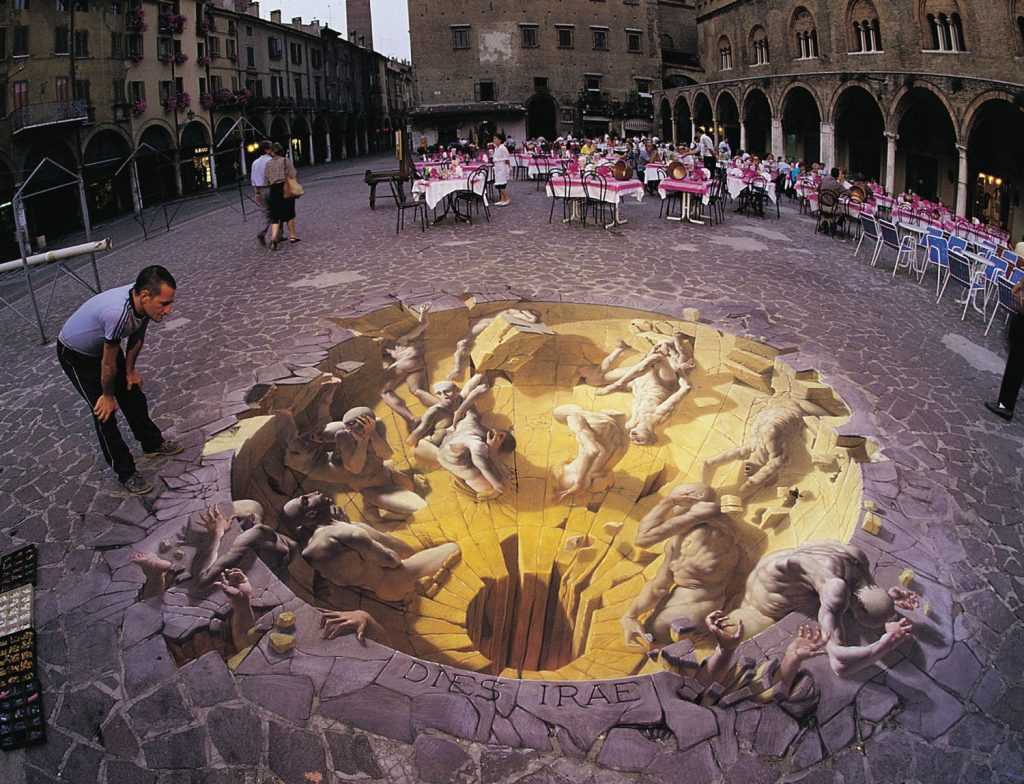
To address the challenges faced by trompe l’oeil street art, various initiatives have been taken to preserve and protect these artworks. Some cities have designated specific areas or walls where artists can legally create street art, providing them with a platform to express themselves without breaking the law. Additionally, there have been efforts to document and catalogue street art, allowing future generations to appreciate and study this unique form of artistic expression.
Overall, the challenges and controversies surrounding trompe l’oeil street art highlight the complex relationship between art, public spaces, and the law. While it continues to push boundaries and captivate audiences, the future of this art form depends on finding a balance between artistic freedom and respect for public property.
International Trompe l’oeil Street Art Festivals
One of the most renowned international trompe l’oeil street art festivals is the International Festival of Trompe l’oeil and Anamorphosis, held annually in Belgium. This prestigious event attracts artists from all over the globe who compete to create the most mind-bending and realistic illusions. The festival features a wide range of styles and techniques, including anamorphic art, which uses distorted perspective to create images that appear three-dimensional.
The Street Art Festival of Lisbon
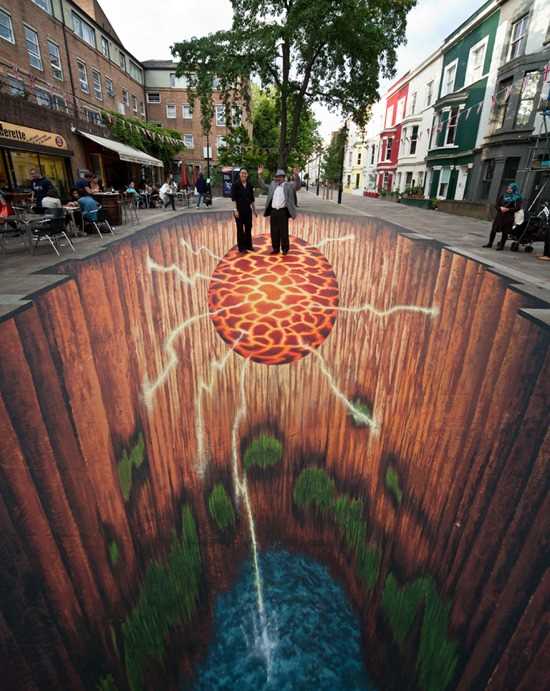
Another notable international trompe l’oeil street art festival takes place in Lisbon, Portugal. This festival showcases the talents of both established and emerging artists, who use their skills to transform the city’s walls into visually stunning masterpieces. The festival also includes workshops, demonstrations, and exhibitions, allowing visitors to engage with the artists and learn more about the techniques used to create trompe l’oeil art.
The Melbourne Mural Festival
In Australia, the Melbourne Mural Festival is a celebration of trompe l’oeil street art. This festival brings together local and international artists who collaborate to create large-scale murals that depict optical illusions and realistic scenes. The festival also includes live painting sessions, where visitors can watch the artists at work and gain insight into their creative process.
Trompe l’oeil street art festivals not only provide an opportunity for artists to showcase their skills, but they also contribute to the cultural and artistic enrichment of cities around the world. By transforming public spaces into outdoor art galleries, these festivals create a sense of wonder and excitement, bringing people together to appreciate and engage with art in new and unexpected ways.

I am a mural enthusiast and a fervent admirer of street art. Rather than creating murals myself, I am passionate about collecting them. My love for street art knows no bounds. I am dedicated to curating and cherishing these artworks that grace the streets. My collection stands as a testament to my profound appreciation for this form of artistic expression.
read about me



